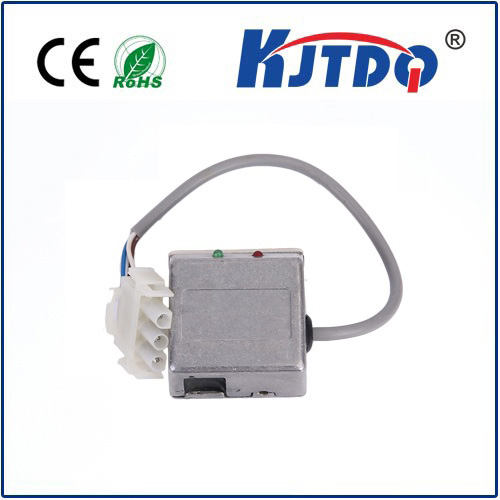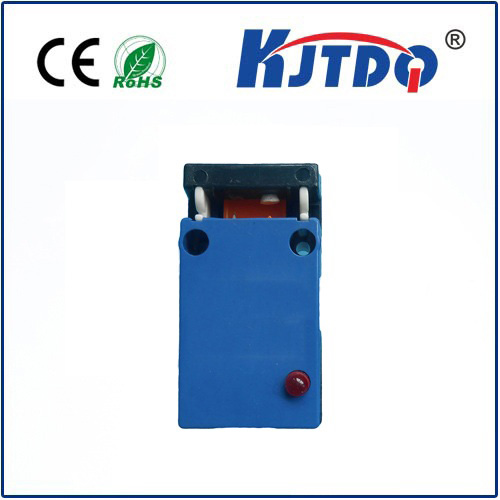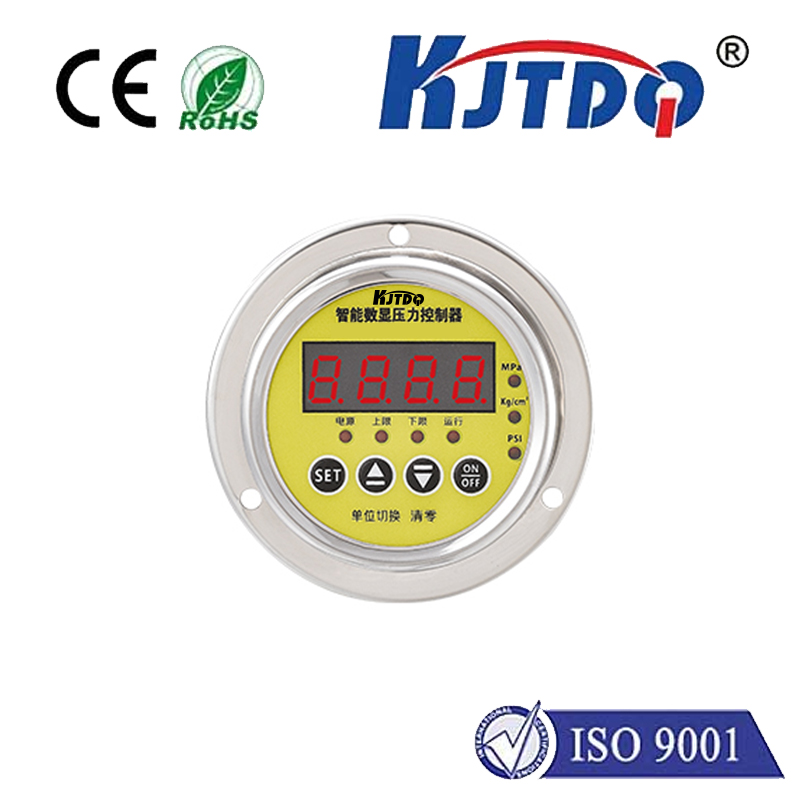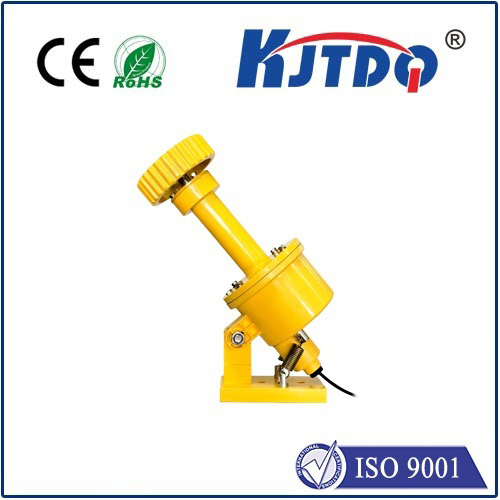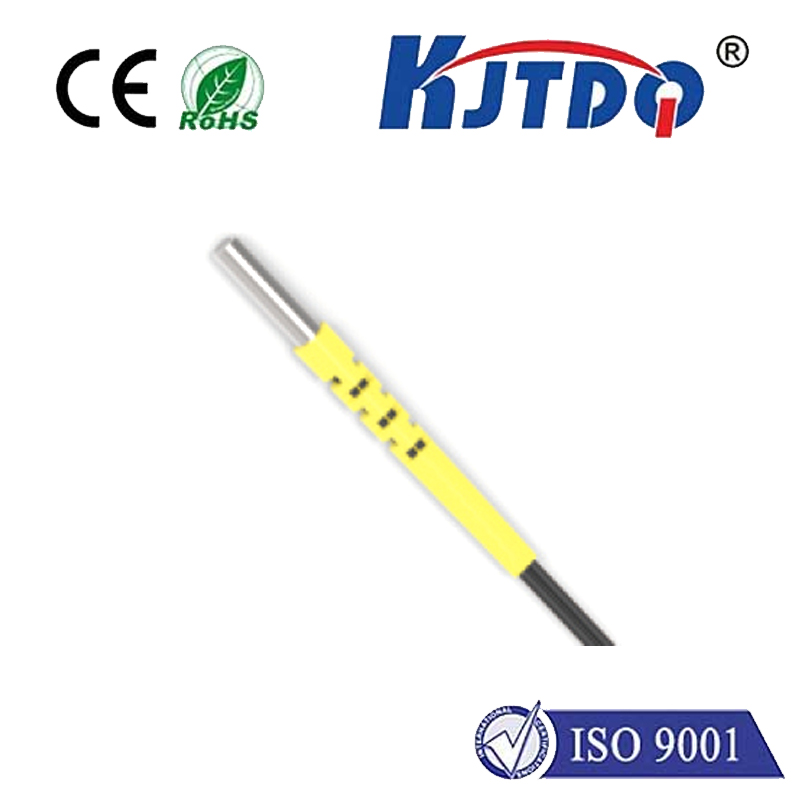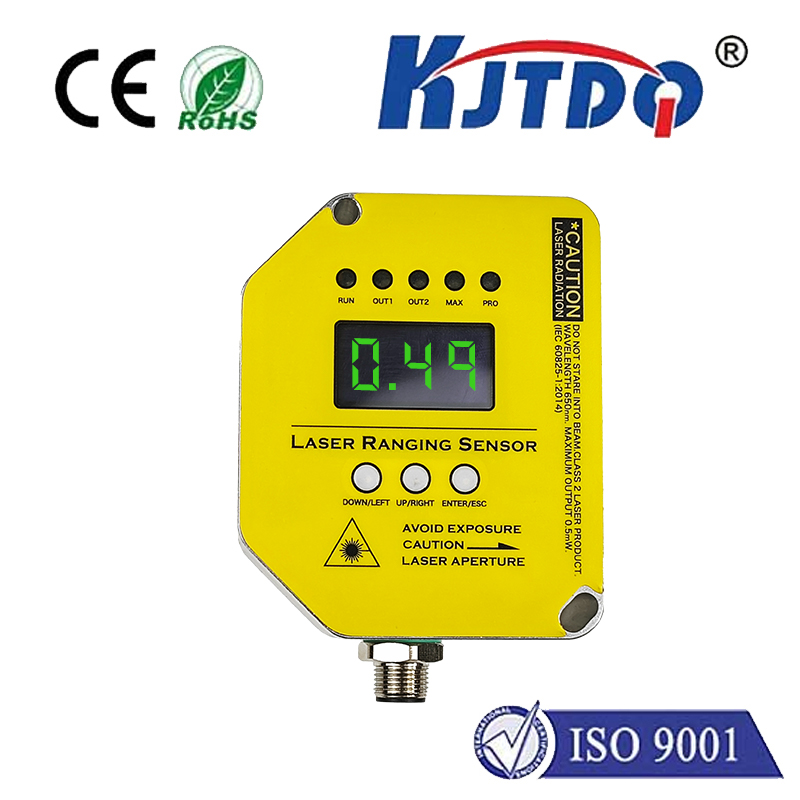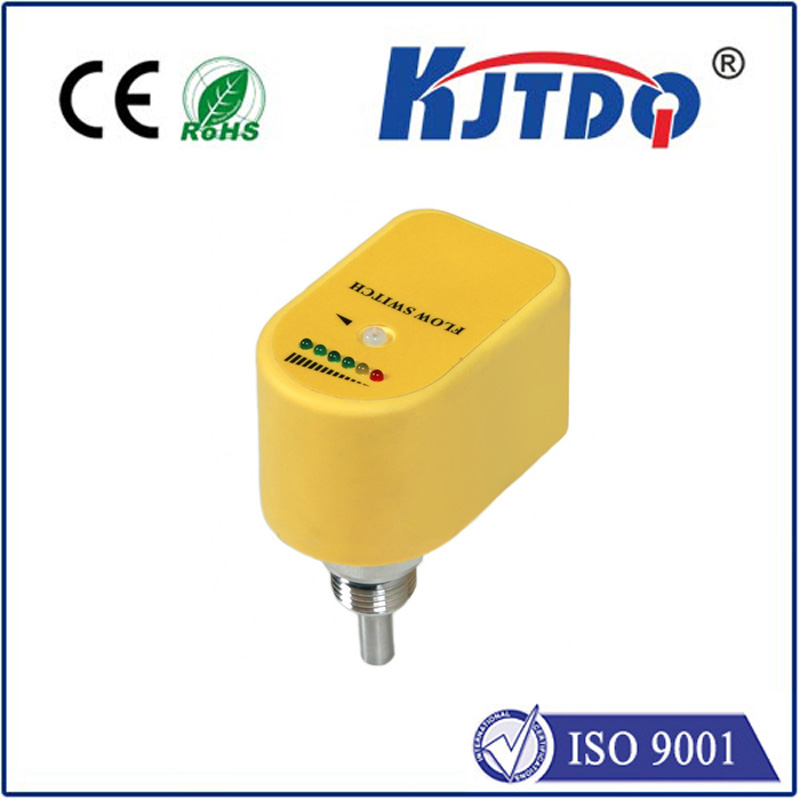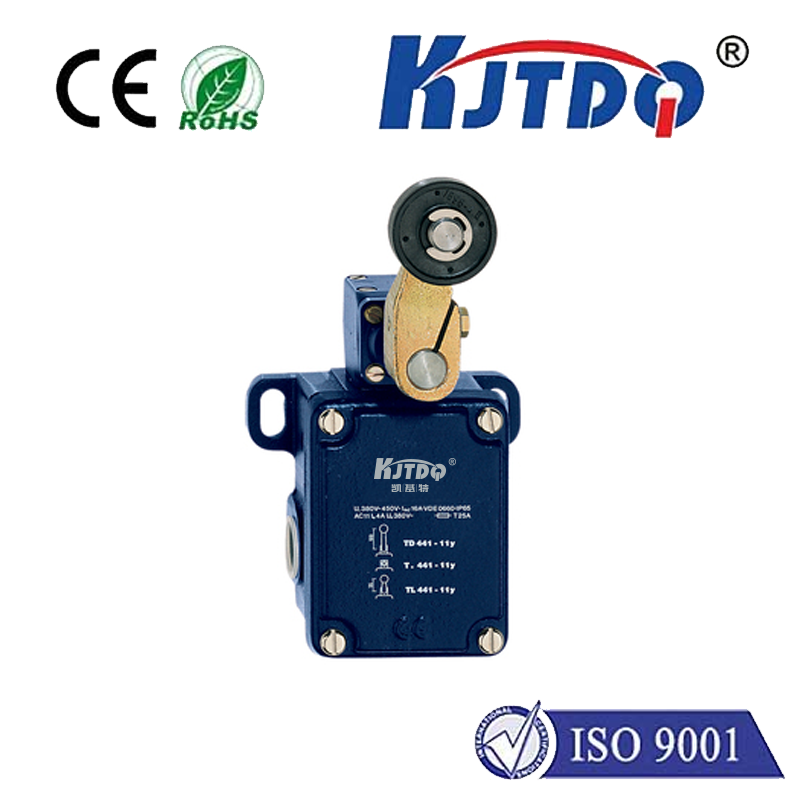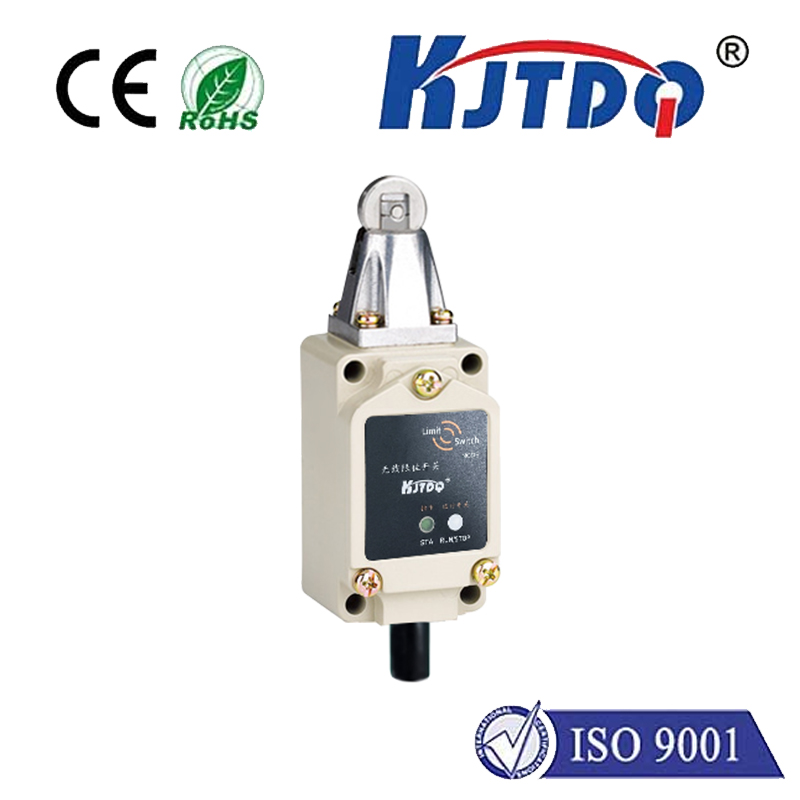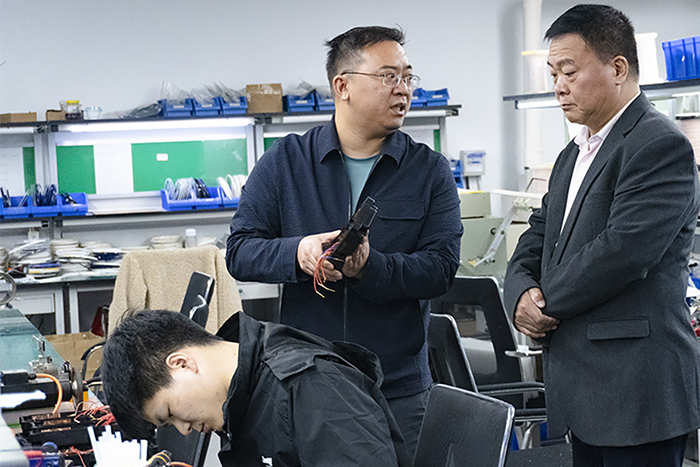
check

check

check
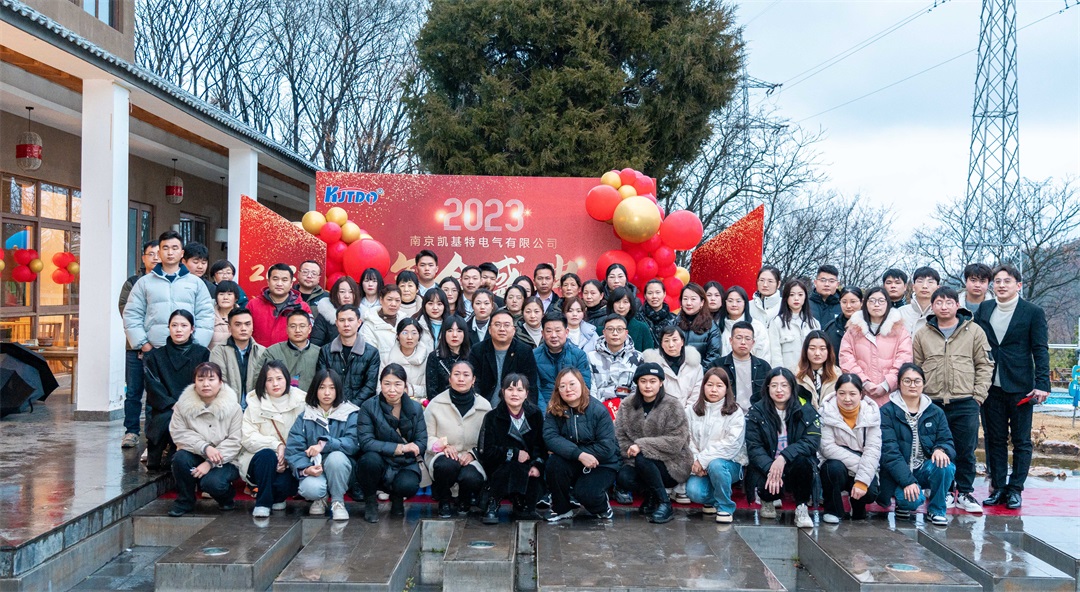
check
The BES0166 inductive proximity sensor is a versatile and reliable device that plays a crucial role in various industrial applications. By understanding its functionality, benefits, and common uses, you can better appreciate why this sensor is an excellent choice for your projects.
Before diving into the specifics of the BES0166 model, it’s essential to understand what an inductive proximity sensor is. This type of sensor operates based on the principle of electromagnetic fields. When a metallic object comes within range of the sensor’s face, it alters the electromagnetic field produced by an oscillator within the sensor. This change is then detected by the sensor, triggering an output signal.
The BES0166 inductive proximity sensor stands out due to its impressive specifications and features:
Detection Range: Typically, this model can detect metal objects up to 4 mm away.
Operating Voltage: It functions efficiently at voltages ranging from 3 to 30 VDC.
Output Type: The BES0166 usually offers an NPN or PNP open collector output.
Environmental Resistance: Rated for IP67, making it resistant to dust and water immersion up to 1 meter.
Frequency: Operates at a switching frequency of 2 kHz.

Material: Constructed with durable materials such as nickel-plated brass or plastic, ensuring longevity and reliability.
There are several reasons why the BES0166 inductive proximity sensor is a preferred choice among engineers and technicians:
Reliability: Its robust construction ensures consistent performance even in harsh environments.
Versatility: Suitable for various applications including position sensing, counting, and speed monitoring.
Cost-effectiveness: Offers high performance at a competitive price point.
Ease of Use: Simple installation process with readily available mounting accessories.
The BES0166 inductive proximity sensor is widely used across different industries, showcasing its adaptability and efficiency:
Automotive Industry: Used in assembly lines to monitor the presence or absence of parts.
Manufacturing Plants: Helps in product counting, quality control, and automation processes.
Packaging Systems: Ensures accurate placement and movement of goods within automated packaging lines.
Security Systems: Employed in door access control mechanisms to detect the presence of unauthorized metallic objects.
Installing the BES0166 sensor involves a few simple steps:
Mounting: Fixed using screws or adhesive backing, depending on the application requirements.
Wiring: Connect the power supply and output leads according to the wiring diagram provided in the user manual.
Calibration: Adjust the sensitivity if necessary, using the potentiometer usually found on the sensor. Maintenance involves periodic checks for dust accumulation, ensuring proper alignment, and verifying electrical connections.
If you encounter issues with your BES0166 sensor, consider the following troubleshooting tips:
